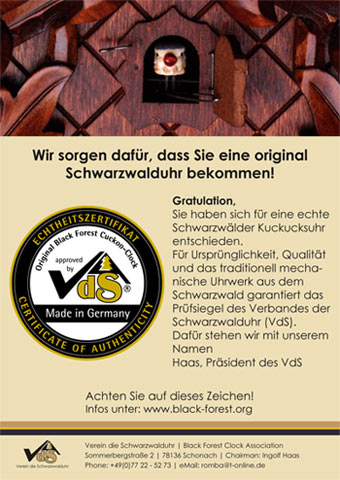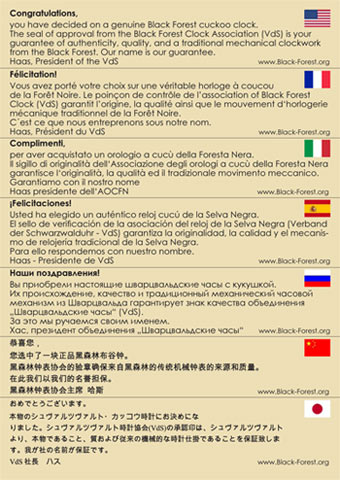History

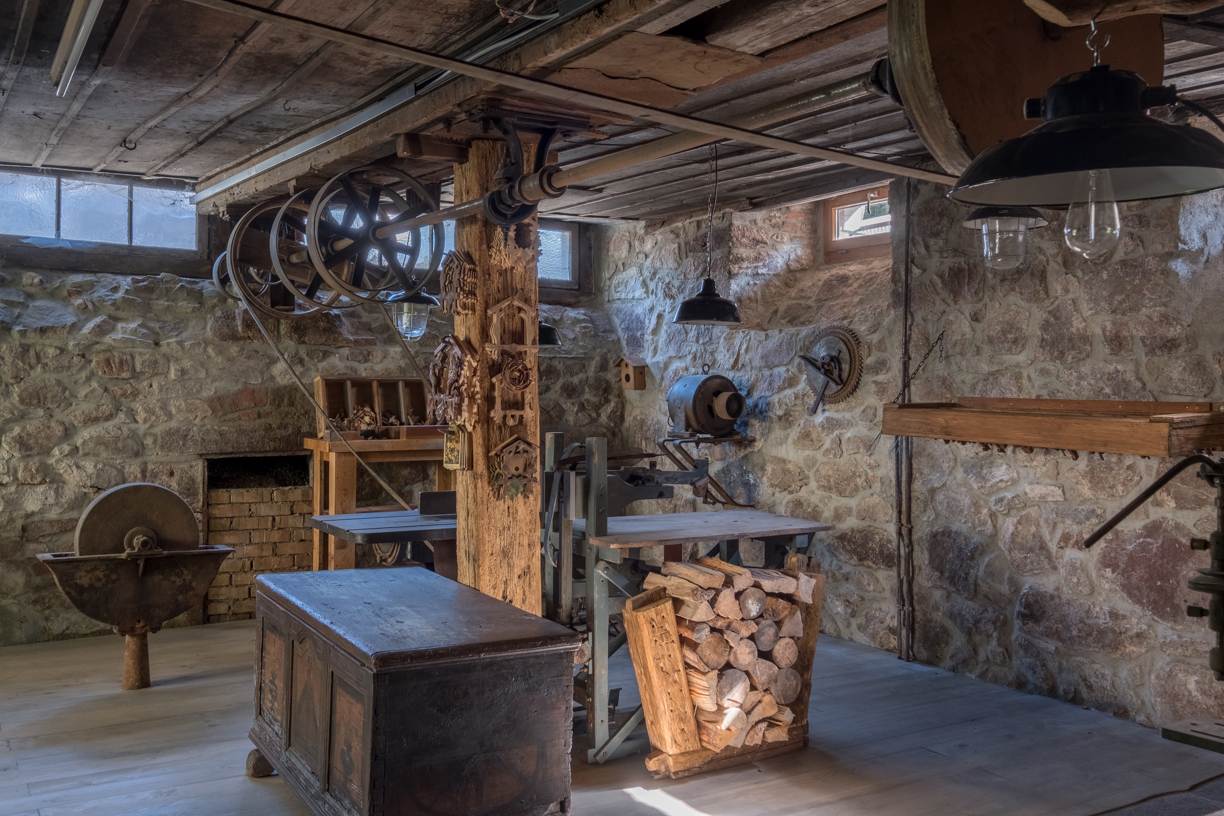
1881
The century-old, successful tradition of the Weisser family began with the Clock Face Painter Josef Weisser (1807 – 1871). His son, August Weisser (1828 – 1890), had his own clock cabinet carpentry business in Schönenbach-Furtwangen. In 1881 August Weisser moved with his family to Gremmelsbach near Triberg. He bought a small house there and began to produce Black Forest clock cabinets in that same year.

1884
In 1862, Ernst Weisser (1862 – 1939) was born. Just as his father before him, he learned the clock-cabinet carpentry profession, and quickly became a part of the family business. Since 1884 he managed the company jointly with his father, August, until August’s death. Afterwards, he co-managed the firm with his brother, Emil.

1889
In 1889, August Weisser and his son Ernst bought a piece of land on the Gutach River. The location of the workshop directly on the Gutach River allowed the Weissers to take advantage of the water power, by which several small machines were activated through a water wheel on the house. In 1890, the building of a new clock cabinet carpentry factory was started. In November 1890, August Weisser died, leaving his son Ernst to take over and single-handedly manage the firm. Around 1900 the business started producing not only clock cabinets, but complete clocks.
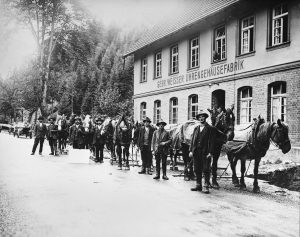
1908
In 1908, the first factory burned to the ground, and a new and bigger factory was built right away to replace the old one. The new factory was built by Ernst Weisser, and his son Wilhelm. Until the beginning of World War I, the business boomed and even during the war the business kept running, even though there were less carpenters available during that time. Around 1920 until the Great Depression, the demand for clock cabinets was immense, especially from England.
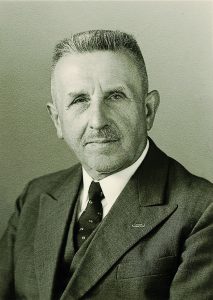
1930
After finishing his regular school studies, Wilhelm Weisser (1887 – 1983) completed the three-year wood-carving apprenticeship in Furtwangen. From 1900 until the beginning of World War I, as well as the years afterwards, Wilhelm Weisser worked in his father’s company as a clock-carver and clockmaker. In 1930 he became co-owner and co-manager with his father in the family business, and took over complete management after his father passed away.
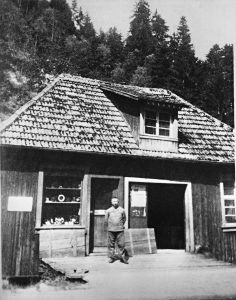
1932
In 1932 Wilhelm moved the show- and salesroom for the completed clocks from the upper floors of his factory to an adjoining building on the clock factory property. This was more convenient for the customers, and the salesroom quickly transformed into a salesroom for not only clocks and clock shipments, but also for tourist souvenirs. Wilhelm expanded the clock sales business during his time at the helm of the business, and even after retirement age, he worked with his son, Lothar, in the management of the firm. At the age of 68, Wilhelm retired, and rented out the property until his son, Lothar, who was still in school, could take over the reins of the business.

1968
At the end of the 1960’s, during the time that the factory rooms were rented out, the young technician Lothar Weisser (born in 1935) began to produce mechanical clock parts for the Triberg clock factories. After the duration of the rental agreements for the factory rooms was completed, Lothar Weisser moved the clock sales room back into the factory rooms. The emphasis of the business changed to retail clock sales, and clock production was not longer the main income of the business.
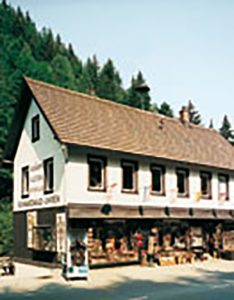
1973
Lothar’s wife, Hildegard, managed the retail sales room, while Lothar continued to produce clock parts for the clock industry. In 1973, the business started concentrating on retail sale of the Black Forest clocks.The premises of the former clock cabinet carpenter factory were renovated in several building phases. The international tourism in the Black Forest developed at a rapid pace, and the Black Forest Cuckoo Clock became famous once again, and became extremely important economically to the whole Black Forest region. During this time, Lothar and his wife, Hildegard, proclaimed a new era in the history of their family business—the era of the legendary “House of 1000 Clocks”.
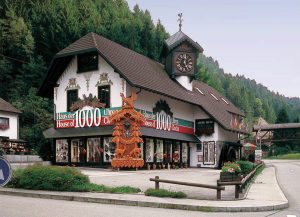
1982
From the humble beginning of the clock cabinet carpenter factory room of the grandfather, the House of 1000 Clocks was created through several phases of renovation and rebuilding—legendary in its appearance and style. Modern, typical Black Forest sales rooms were created to reflect the complete variety and tradition of the Black Forest Clocks which appeal to a wide range of international customers.
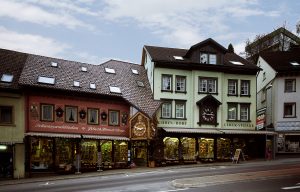
1984
In Triberg, directly down from the Waterfalls Entrance, a new House of 1000 Clocks store is opened, right in the middle of town.

1986
A former “Gasthaus” that had been used for storage was transformed into a specialized store for grandfather clocks. The clockmaker’s repair shop and shipping department are also located on these premises.
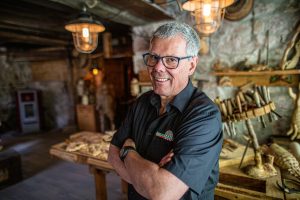
1996
In 1996 Lothar Weisser turned the management of the House of 1000 Clocks over to his son Thomas. Thomas Weisser (born 1962) started his career with a tool and die apprenticeship, and followed up with a business degree. He was involved in the business from childhood on, and was integrated in the business activities even while he was attending his various schools and colleges. With Thomas Weisser began a new era of change and modernization in the business, and together with his wife, Rebecca, he propelled the House of 1000 Clocks into the 21st Century.
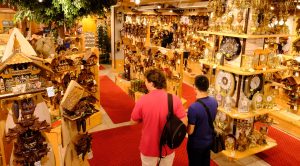
1997
The clock and souvenir store in the middle of Triberg had become too small. On Triberg’s waterfalls, the highest waterfalls in Germany, the visitor level overtook 400,000 visitors per year, with tourists coming from all over the world. At this time, Thomas Weisser undertook the greatest investment in the history of the company, and renovated and enlarged to four times its original size, making this store the largest within the company. Huge stones were removed and even blown up to make room for the larger store. The interior design was updated to reflect the modern requirements of a customer-friendly store. Customers now experience the large variety of Black Forest clocks and gifts in a unique atmosphere of tradition and modern convenience.
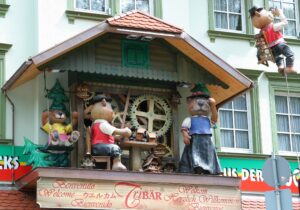
2006
In 2006, a new member of the House of 1000 Clocks Family appeared on the scene: The TRIBEAR was born. A lovable clockmaker family that is made up of: The Tribear Papa—the clock-carrier who climbs up and down the front of the store with his clocks on his back; The Tribear Mama—the soul of the family, who waves goodbye to her husband as he goes on his long journey; The Tribear Grandpa stays at home and constructs devotedly the Black Forest clocks; The Tribear daughter swings back and forth without a care in the world. At every quarter-hour the cuckoo comes out of the clock, and the family responds with lots of movement while the beautiful melodies play. The Tribear has become a main attraction in Triberg, and can only be seen at the Original House of 1000 Clocks – with the original Tribear!

2012
In addition to the retail stores in and around Triberg, the Haus der 1000 Uhren online store was launched in 2012. This was the starting point for the expansion of the sales channels into the digital world. From then on, customers from all over the world had the opportunity to order cuckoo clocks from the Haus der 1000 Uhren and have them sent directly to their homes.
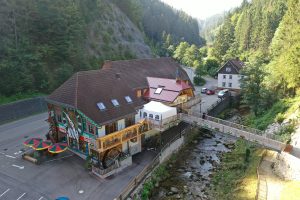
2016
In 2016, a large terrace and a bridge over the Gutach were added to our “Forelle” house in a first construction phase. In addition, a clockmaker's scene with moving figures was added to the terrace, showing the manufacturing steps of the cuckoo clock. For our visitors, this offers an ingenious opportunity to enjoy the Black Forest nature and the course of the stream as well as a piece of craft tradition.
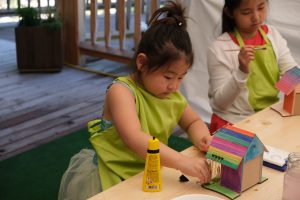
2018
A new branch of business enters the House of 1000 Clocks: For the first time, groups and visitors from all over the world had the opportunity to experience the carving and craftsmanship of the cuckoo clock up close during a guided tour through the uncovered historic workshop of the Weisser family, as well as to paint and design their very own cuckoo clock in a workshop. These events are held at the Forelle location.
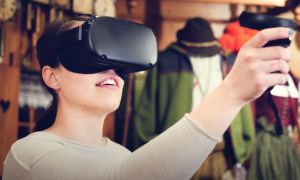
2019
In 2019, the first virtual reality application of the House of 1000 Clocks was completed. Through VR, users can perform the manufacturing steps of the cuckoo clock in the historic workshop – from sawing and carving to assembling the clock and colouring it.

2020
In 2020, during the Corona crisis, all creative possibilities were used to stay in contact with the worldwide clientele and to use new ways of communication and sales. For example, our retail shop was recorded in 360 degrees and users were able to visit the House of 1000 Watches in Triberg from a distance through the virtual tour. In addition, new content formats were created, such as Haus der 1000 Uhren TV. In this format, short videos on our products and theme worlds were recorded and published by our employees. A video consultation was launched for our customers, so that personal contact and personal consultation could also be established on site from a distance. Digital shopping channels such as the web shop but also social media were expanded. A new thrust of the digital customer experience, which has lasted until today in addition to the retail shops.


2022
Siblings Sarah and Matthias Weisser join the family business and work side by side with their parents Thomas and Rebecca Weisser in the company – representing the 6th generation of the Weisser family in the watch business.
After studying International Management, Sarah Weisser gained external professional experience in management consulting in Frankfurt. She brings this experience into the family business and will continue to manage it in the 6th generation.
Matthias Weisser trained as a tool mechanic and also gained external professional experience before joining the family business in the role of technical manager.
